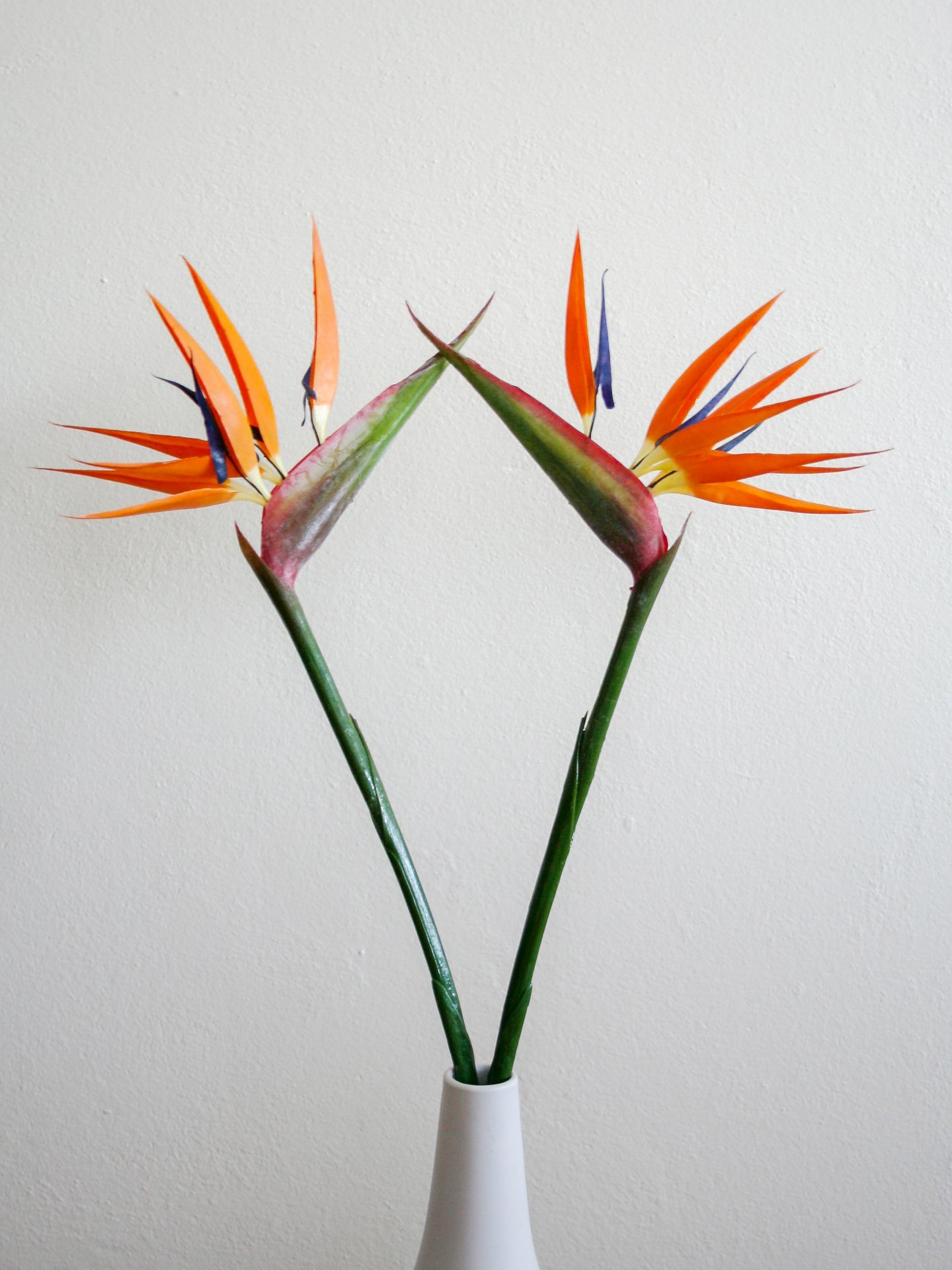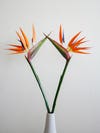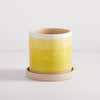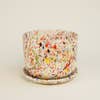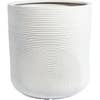How to Care for Your Bird-of-Paradise, the Fiddle-Leaf Fig’s Less Finicky Friend
The plant that’s not all over your Instagram (yet).
Updated Oct 12, 2018 1:37 AM
We may earn revenue from the products available on this page and participate in affiliate programs.
The bird-of-paradise plant first started popping up on our radar two years ago, when experts at The Sill and Twig dubbed it one of the trendiest greens of 2017. Now with the fiddle-leaf fig tree reaching saturation point, we officially think everyone should own its bigger, floppier friend—especially if your thumb isn’t so green.
Like the ever-popular fiddle-leaf fig, the bird-of-paradise (species name: Strelitzia reginae) prefers bright and sunny conditions and makes a statement in a room. Unlike its Insta-famous friend, this South African native is less fickle when it comes to being moved around (it’s harder to kill). Plus, the plant likes to grow outward, not just upward. “It’s a very different look,” says Grahame Hubbard, owner and director of New York landscape architecture and horticulture firm Plant Specialists.
Another reason to love bird-of-paradise? It flowers! Okay, so it seldom does so indoors, but given all the right conditions (humidity, full southern light exposure) your plant might just create orange crane-like blooms that resemble—what else!—an actual bird of paradise. Flowers or no flowers, you can expect your leafy green to grow a lofty four to six feet tall.
With the right care, it’ll be tough to do your bird-of-paradise any harm. Read on for Hubbard’s expert tips for keeping your sun-loving friend alive and thriving.
Location
The more direct sunlight, the better, is the general rule of thumb with the bird-of-paradise, so put it near a window in a space that gets a solid amount of vitamin D each day. FYI, tropical greenery doesn’t like the cold, so choose a room that doesn’t drop below 50 degrees. “Be sure to rotate your plant regularly to encourage even growth,” Hubbard adds. “A half turn of the pot every week or two generally works best.”
Good to know: Give the plant some breathing room. “The bird-of-paradise is slightly toxic, so don’t let pets or children (or yourself, if so inclined) chomp on the leaves,” shares Hubbard. “This goes for most plants.” If you spot split leaves, that’s typically an indication that someone has bumped into it.
Watering
Like many low-commitment houseplants, the bird-of-paradise likes to dry out completely before being watered again. You’ll be able to tell if it needs a drink by simply feeling two inches down into the soil with a finger. If it’s dry to the touch, your plant is in need of some H2O. Make a habit of checking the soil weekly, although you may need to water more frequently in the warmer months. “The plant will tell you if it’s not getting adequate hydration if its leaves droop and slightly curl at the edges,” says Hubbard. Yellowing leaves, on the other hand, are a telltale sign of overwatering.
Good to know: The bird-of-paradise likes distilled water best. If you’re filling up your can with tap water, let it sit overnight to allow any fluoride to evaporate. Steer clear of salt water.
Soil
No need to be fancy: A basic, fast-draining potting soil will get the job done. To encourage growth and help return nutrients back to the soil, fertilize it once a month during the spring and summer with a balanced organic liquid fertilizer.
Pests don’t typically hang out on a bird-of-paradise, but if you do happen to spot any unwanted critters, Hubbard suggests spraying the leaves with neem oil, a naturally occurring pesticide. “It has been used for hundreds of years to control pests and diseases,” he says.
Potting
No need to go crazy giving your plant tons of space. A three- to four-foot-tall bird-of-paradise will usually require a 10-inch pot. “They do better when slightly pot-bound,” Hubbard points out. Plan to repot it every three years or so.
Cleaning
Never use alcohol, leaf shine, or any nonorganic spray pesticide on the leaves—those ingredients will harm their pretty matte finish. Instead, wipe them with a damp cloth to clean off any dust.
See more stories like this: Everything You Need to Know About Your Yucca Plant The Plant That’ll Make It Feel Like Summer in Your Home All Year Long How to Care for Succulents (and Other Low-Key Plants)
